Active ingredients: Triesiphenidyl
ARTANE 2 mg tablets
Indications Why is Artane used? What is it for?
ARTANE contains the active substance trihexyphenidyl.
It's indicated:
- for the treatment of postencephalitic Parkinson's disease,
- for the treatment of diseases whose symptoms are the same as those of Parkinson's disease (parkinsonism).
It reduces both tremor and stiffness.
It also decreases the drooling (increased salivation) that accompanies Parkinson's disease.
Contraindications When Artane is not to be used
Do not take ARTANE 2 mg tablets:
- if you are allergic to trihexyphenidyl or any of the other ingredients of this medicine (listed in section 6),
- if you suffer from glaucoma (increased pressure in the eye),
- if you suffer from prostatic hypertrophy (enlarged prostate).
Precautions for use What you need to know before you take Artane
Talk to your doctor or pharmacist before taking ARTANE 2 mg tablets.
Consult your doctor if:
- If you suffer from heart, kidney or liver problems.
- If you are elderly, the dosage should be reduced and careful surveillance is required.
It is advisable to regularly carry out a gonioscopic check (examination to evaluate the conditions of the outflow pathways of intraocular fluids) and ocular pressure.
Interactions Which drugs or foods can modify the effect of Artane
Tell your doctor or pharmacist if you are taking, have recently taken or might take any other medicines.
The effect of ARTANE is enhanced when used together with L-DOPA (a medicine used against Parkinson's disease).
ARTANE 2 mg tablets with food and drink
- If you suffer from heavy salivation, take your ARTANE tablet after meals.
- If you suffer from pronounced dry mouth, take the ARTANE tablet before meals, as long as this does not cause nausea. Dry mouth can be mitigated by frequently drinking small sips of water or by using candy or chewing gum.
Warnings It is important to know that:
Pregnancy and breastfeeding
If you are pregnant or breast-feeding, think you may be pregnant or are planning to have a baby, ask your doctor or pharmacist for advice before taking this medicine.
The use of ARTANE during pregnancy and lactation should only be considered if the expected benefit to the mother outweighs the risk to the fetus, therefore in cases of real need and under direct medical supervision.
Driving and using machines
ARTANE can cause drowsiness and change reaction times. Caution is advised if you have to drive or use machines.
Dose, Method and Time of Administration How to use Artane: Posology
Always take this medicine exactly as your doctor has told you. If in doubt, consult your doctor or pharmacist.
ARTANE should be administered orally starting with a dose of 1 tablet of 2 mg, 2 or 3 times a day, in correspondence with meals.
Doses of 6-10 mg per day are usually sufficient to obtain good therapeutic results.
In the case of Parkinson's disease, higher doses of 12 to 15 mg per day are sometimes needed. Doses above 20 mg are generally poorly tolerated and are only useful in rare cases.
If ARTANE is used in combination with other antiparkinsonian drugs, small doses are sufficient.
If you forget to take ARTANE 2 mg tablets
Do not use a double dose to make up for a forgotten dose.
Overdose What to do if you have taken too much Artane
In case of acute overdose, the symptoms and signs are those of "atropine intoxication."
In case of accidental intake / ingestion of an excessive dose of this medicine, notify your doctor immediately or go to the nearest hospital.
Side Effects What are the side effects of Artane
Like all medicines, this medicine can cause side effects, although not everybody gets them.
The appearance of the following effects obliges the interruption of treatment:
- nausea,
- He retched,
- mental disorders
The most frequent side effects are:
- dry mouth,
- mydriasis (pupil dilation),
- cycloplegia (paralysis of the eye muscle),
- constipation,
- tachycardia (accelerated heart rate),
- urinary retention,
- mental disorders (psychic disorders).
The following were also reported:
- nausea,
- He retched,
- headache (headache).
In patients predisposed to closing the corner:
- glaucoma attack (increased pressure in the eye).
In patients with prostatic hypertrophy:
- urinary retention.
In patients suffering from gastrointestinal disorders: surveillance should be established to avoid the appearance of intestinal obstruction.
Following administration of doses above 12 mg or in predisposed patients (e.g. elderly or patients with ongoing mental disorders):
- mental disorders characterized by mental confusion and excitement
- in severe cases: delirium, hallucinations and paranoid reactions.
Reporting of side effects
If you get any side effects, talk to your doctor or pharmacist. This includes any possible side effects not listed in this leaflet. You can also report side effects directly via the national reporting system at www.agenziafarmaco.it/it/responsabili. By reporting side effects you can help provide more information on the safety of this medicine.
Expiry and Retention
This medicinal product does not require any special storage conditions.
Keep this medicine out of the sight and reach of children.
Do not use this medicine after the expiry date which is stated on the package.
Do not throw any medicines via wastewater or household waste. Ask your pharmacist how to throw away medicines you no longer use. This will help protect the environment.
Other information
What ARTANE 2 mg tablets contain
The active ingredient is: trihexyphenidyl hydrochloride 2 mg per tablet.
The other ingredients are: pregelatinised maize starch, maize starch, dibasic calcium phosphate, magnesium stearate.
What ARTANE 2 mg tablets look like and contents of the pack
ARTANE comes in a box containing 50 tablets in blister packs.
Source Package Leaflet: AIFA (Italian Medicines Agency). Content published in January 2016. The information present may not be up-to-date.
To have access to the most up-to-date version, it is advisable to access the AIFA (Italian Medicines Agency) website. Disclaimer and useful information.
01.0 NAME OF THE MEDICINAL PRODUCT
ARTANE
02.0 QUALITATIVE AND QUANTITATIVE COMPOSITION
One tablet contains:
Active principle
Triesiphenidyl hydrochloride 2 mg.
03.0 PHARMACEUTICAL FORM
Tablets.
04.0 CLINICAL INFORMATION
04.1 Therapeutic indications
Artane is indicated for the treatment of parkinsonism and postencephalitic Parkinson's disease. It is effective in a high percentage of patients and reduces both tremor and stiffness.
Artane also decreases the drooling associated with Parkinson's disease.
04.2 Posology and method of administration
Artane should be administered orally starting with a dose of 2 mg, 2 or 3 times a day, in correspondence with meals. Doses of 6-10 mg a day are usually sufficient to obtain good therapeutic results.
In Parkinson's disease, higher doses of 12 to 15 mg per day are sometimes needed.
Doses above 20 mg are generally poorly tolerated and are only useful in rare cases.
If Artane is used in combination with other antiparkinsonian drugs, small doses are sufficient.
In patients suffering from intense drooling it is useful to administer Artane after meals.
In patients who experience marked dry mouth, Artane can be administered before meals, as long as this does not cause nausea. Dry mouth can be relieved by drinking small sips of water or by using candy or chewing gum.
04.3 Contraindications
Known individual hypersensitivity.
04.4 Special warnings and appropriate precautions for use
Patients treated with trihexyphenidyl hydrochloride should undergo gonioscopic evaluation and monitoring of the intraocular fraction at regular intervals.
The use of Artane in patients with cardiac, renal and hepatic insufficiency should be done with caution.
The presence of glaucoma or prostatic hypertrophy are contraindications to the use of this drug.
In elderly patients, the dosage should be reduced and careful surveillance is required. Keep out of reach of children.
04.5 Interactions with other medicinal products and other forms of interaction
It can replace all or part of other parasympathetic inhibitor drugs.
It performs synergistic activity with L-DOPA (of which it allows the reduction of the dosage) in Parkinson's disease and parkinsonism.
It can be used concomitantly with belladonna alkaloids, antihistamines, tricyclic antidepressants, monoamine oxidase inhibitors.
04.6 Pregnancy and breastfeeding
Its use in such conditions is not recommended. The drug should be administered only in cases of real necessity and under the direct supervision of the doctor.
04.7 Effects on ability to drive and use machines
Since the drug can cause drowsiness and change reaction times, it is advisable to warn those who may be driving vehicles of any kind or waiting for operations that are risky or otherwise require integrity of the degree of vigilance.
04.8 Undesirable effects
The most frequent side effects are dry mouth, mydriasis, cycloplegia, constipation, tachycardia, urinary retention and mental disorders.
Nausea, vomiting and headache may also occur. If the disturbances are minor the dose can be reduced until tolerance has developed. The appearance of nausea, vomiting and psychic disturbances obliges the interruption of the therapy.
Administration of Artane may trigger an attack of glaucoma in patients predisposed to angle closure. Patients under treatment with trihexyphenidyl hydrochloride should undergo periodic gonioscopic and ocular pressure checks.
Furthermore, patients with prostatic hypertrophy may experience urinary retention and patients with gastrointestinal disorders should be monitored to avoid the appearance of intestinal obstruction.
Mental disorders characterized by mental confusion and excitement can arise with the use of doses higher than 12 mg or in predisposed patients (eg elderly or patients with mental disorders). In severe cases delirium, hallucinations and paranoid reactions may appear.
However, out of a series of several hundred cases, the incidence of serious side effects does not seem to exceed 3%.
04.9 Overdose
No signs of overdose have been reported at doses above 300 mg.
In case of acute overdose the symptoms and signs are those of atropine intoxication.
05.0 PHARMACOLOGICAL PROPERTIES
05.1 Pharmacodynamic properties
The drug is characterized by a strong central anticholinergic action and peripheral anticholinergic effects less marked than those induced by atropine.
05.2 Pharmacokinetic properties
Artane is rapidly absorbed, metabolized, distributed and excreted.
05.3 Preclinical safety data
The LD50 varies between 10 and 950 mg / kg depending on the species and route of administration. The drug did not show teratogenic effects and did not affect the fertility of the treated animals.
06.0 PHARMACEUTICAL INFORMATION
06.1 Excipients
Pregelatinised maize starch, maize starch, dibasic calcium phosphate, magnesium stearate.
06.2 Incompatibility
None.
06.3 Period of validity
Shelf life: 5 years.
The expiry date indicated refers to the product in intact packaging, correctly stored.
06.4 Special precautions for storage
None.
06.5 Nature of the immediate packaging and contents of the package
2 mg tablets 50 tablets in opaque PVC / AL blister
06.6 Instructions for use and handling
-----
07.0 MARKETING AUTHORIZATION HOLDER
Teofarma S.r.l.
Via F.lli Cervi, 8
27010 Salimbene Valley (PV)
08.0 MARKETING AUTHORIZATION NUMBER
AIC N ° 003488057
09.0 DATE OF FIRST AUTHORIZATION OR RENEWAL OF THE AUTHORIZATION
13.11.1953 / June 2005
10.0 DATE OF REVISION OF THE TEXT
01/06/2007

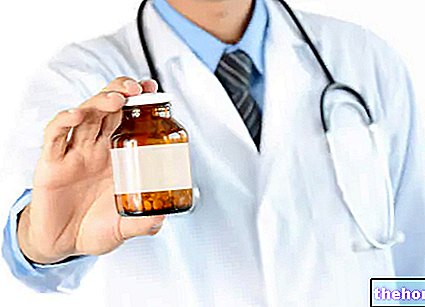
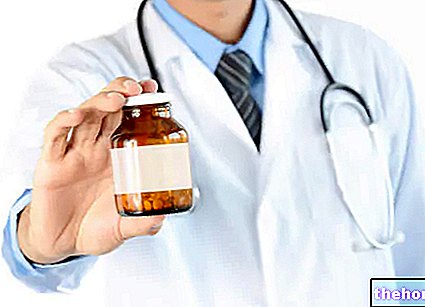
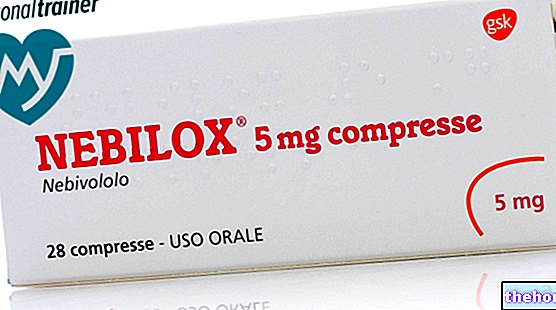
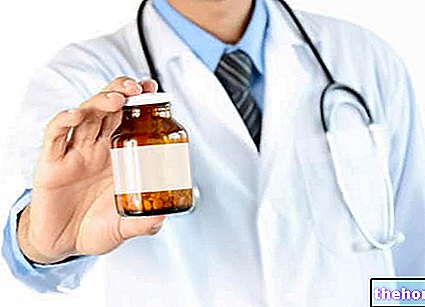
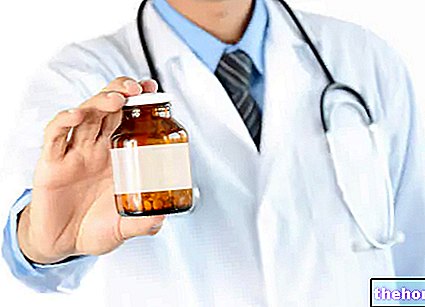
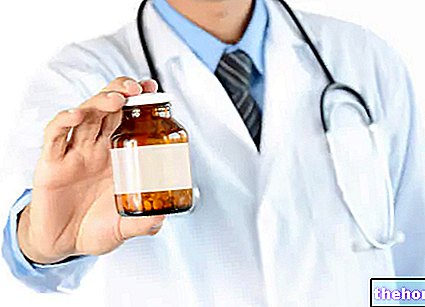
















-nelle-carni-di-maiale.jpg)




